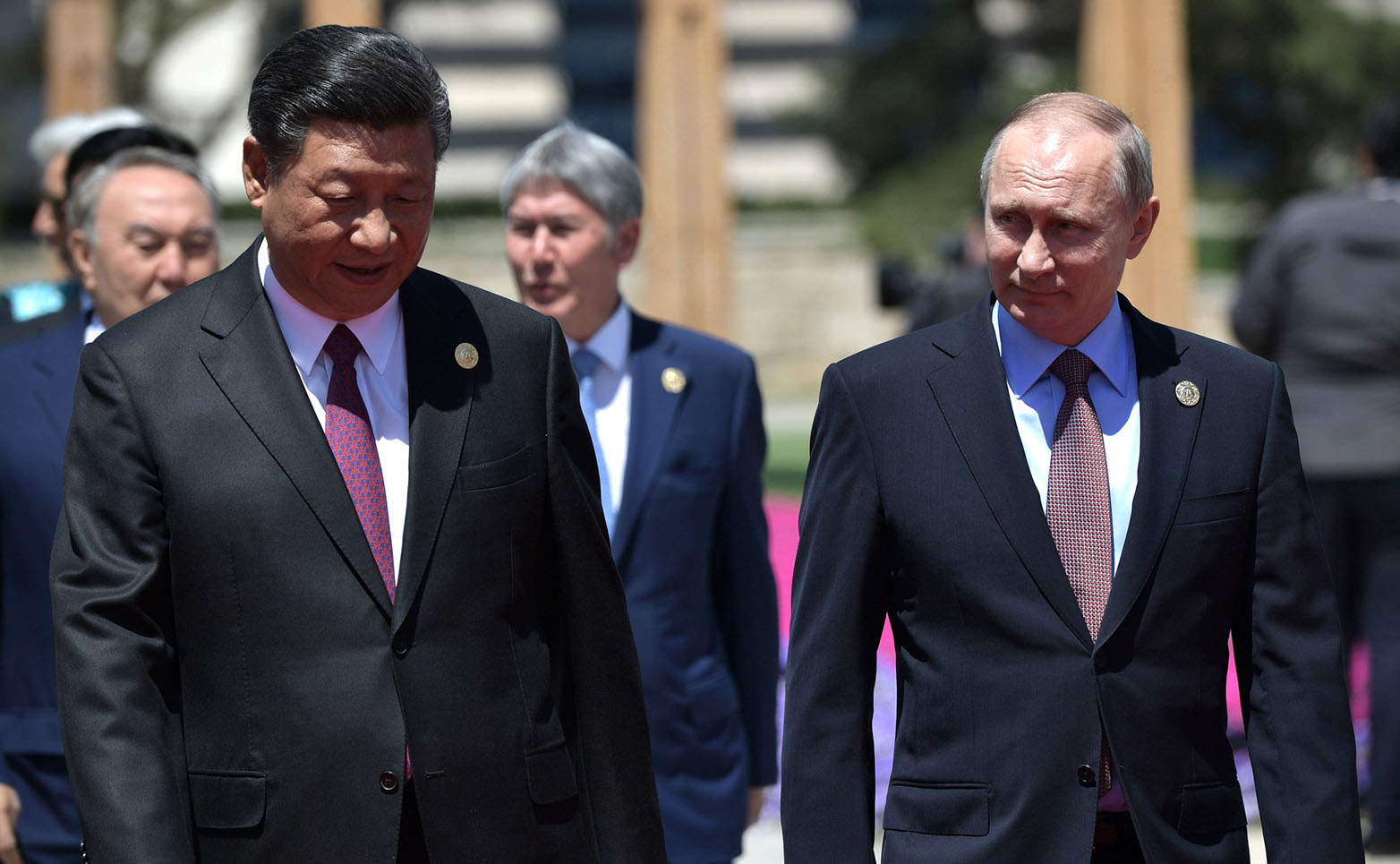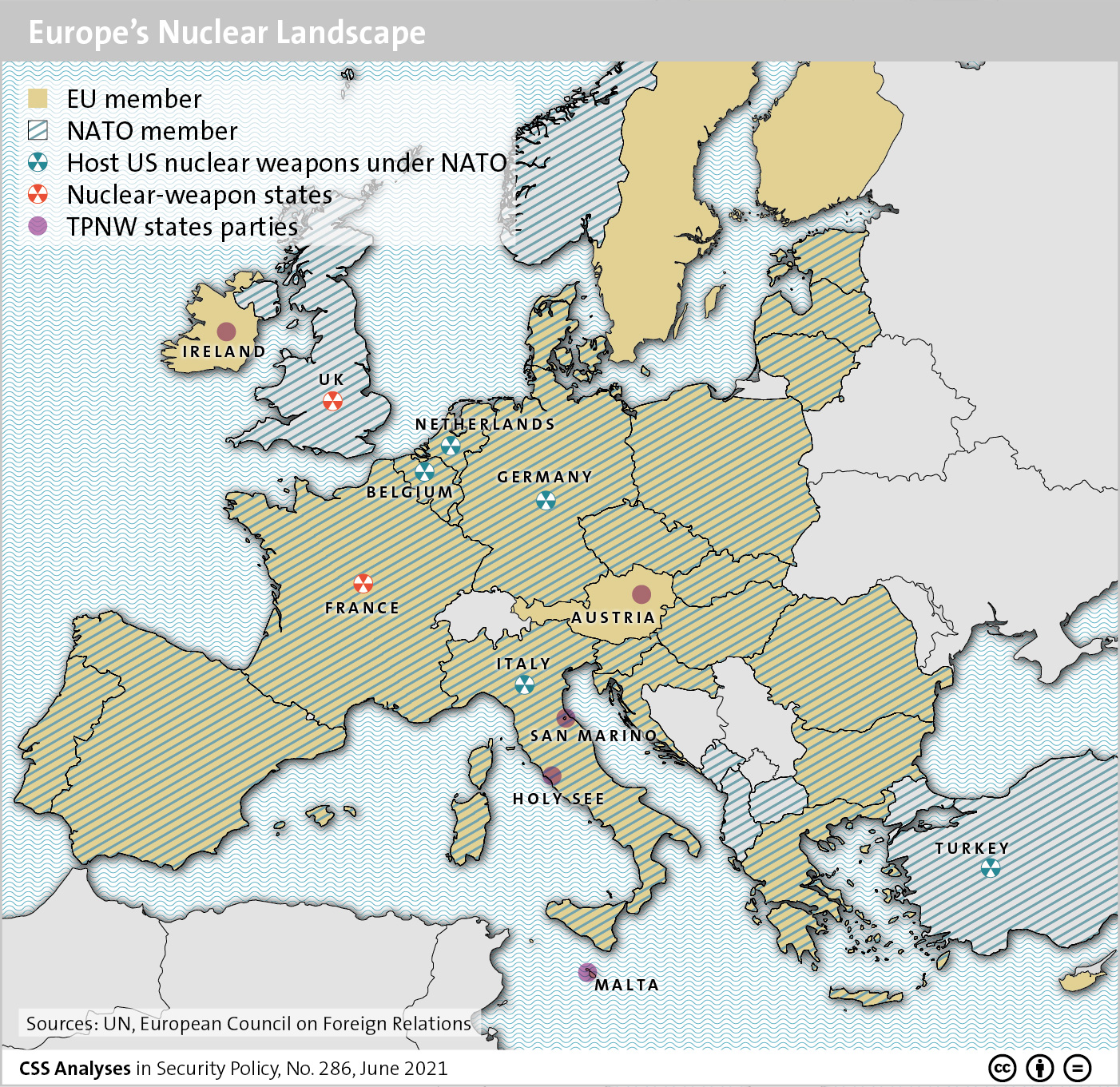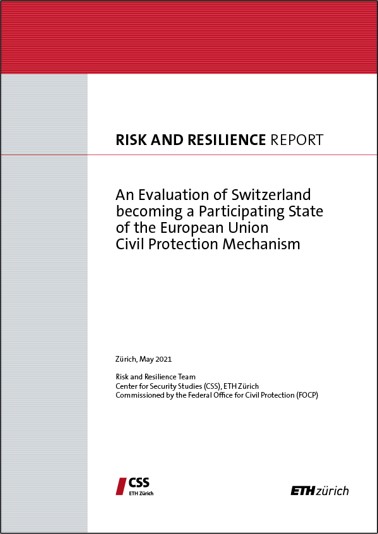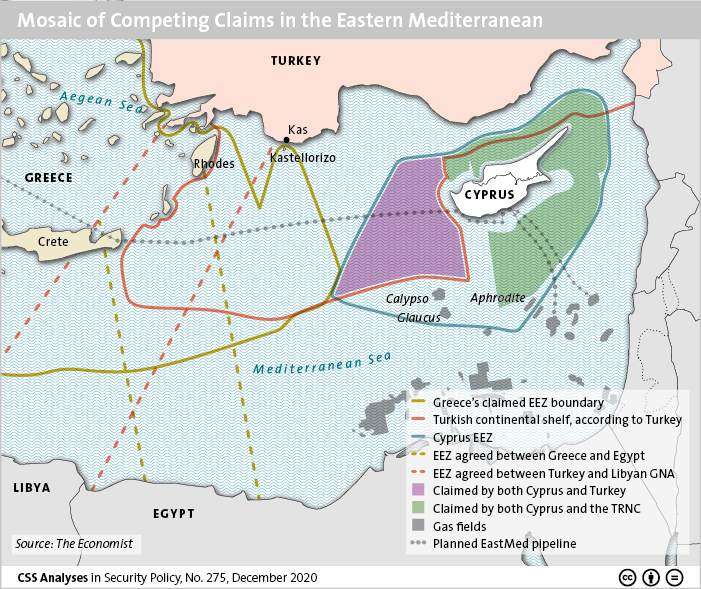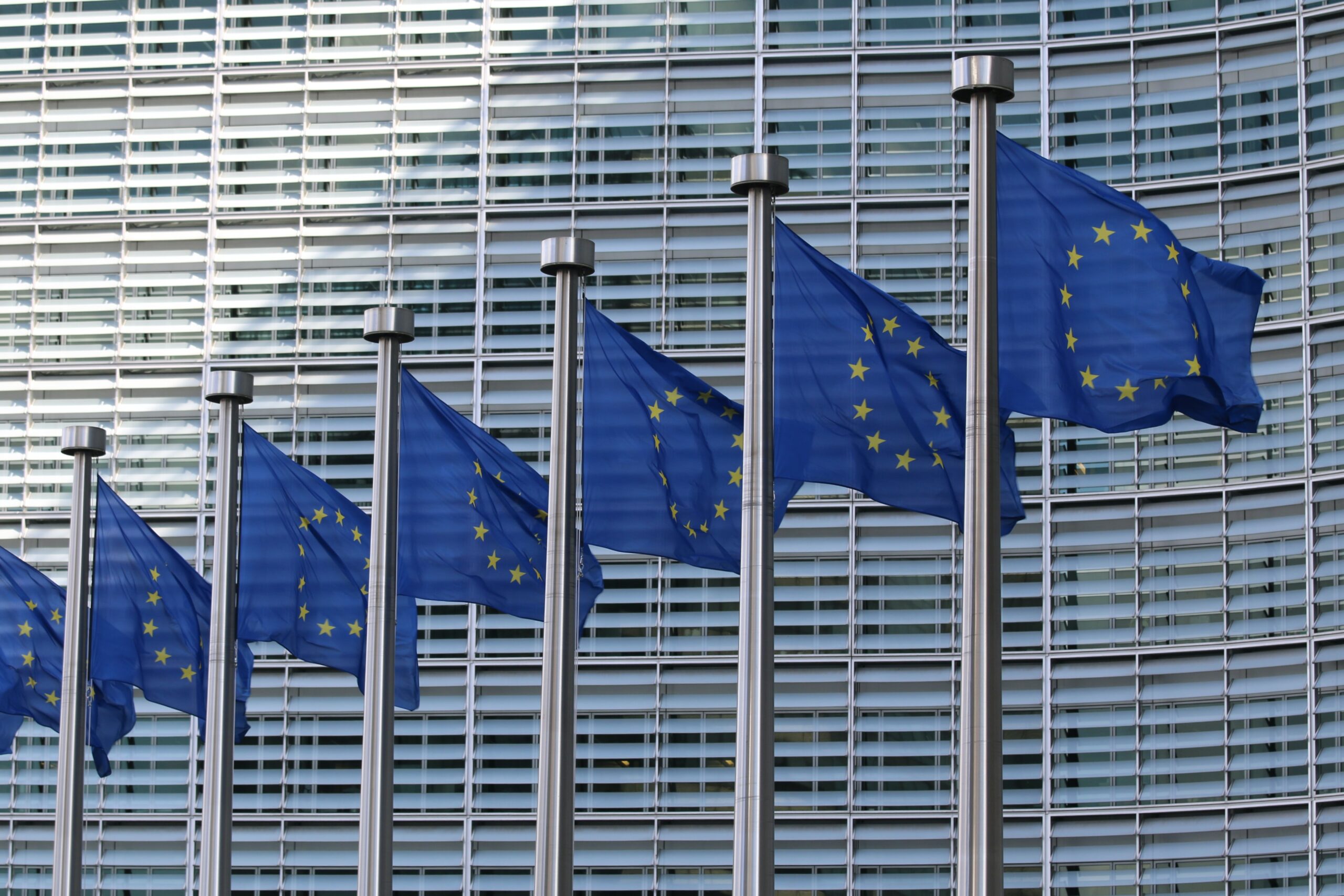
Image courtesy of Guillaume Périgois/Unsplash.
This blog belongs to the CSS’ coronavirus blog series, which forms a part of the center’s analysis of the security policy implications of the coronavirus crisis. See the CSS special theme page on the coronavirus for more.
The EU as a foreign policy and security actor is often haunted by the “capabilities-expectation gap”, referring to the discrepancy between the expectations citizens and states have about the EU’s international role and what the EU is actually able to deliver. The gap consists of three main components: available instruments, resources, and the ability to agree.
The 2021-2027 Multiannual Financial Framework (MFF) will go down in history as the EU’s coronavirus budget – unprecedented in volume and the raising of joint debt. It features several new defense initiatives complementing the EU’s long-standing efforts to narrow the capabilities-expectations gap. While the budget places promising new instruments at the EU’s disposal, the trimming of resources initially allocated and unchanged decision-making procedures significantly dim the prospects for those initiatives to deliver the expected results. If these projects are to bear fruit, they must be prioritized and interlinked with existing programs and supported by strong financial commitments by the member states.
